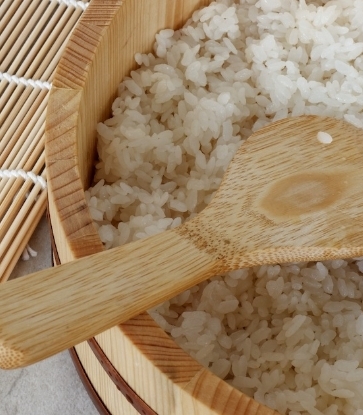The word “caper” may be traced back to the Greek word kapparis. The actual bush (Capparis Spinosa) is a small shrub with oval leaves, whose buds are harvested in the mornings, in May and June. Instead of being dried, they are pickled in oil, brine, or vinegar. Some experts believe that salted—not pickled—capers from the Italian islands of Pantelleria and Salina are far superior because one can taste the bud and not the brine. The smallest capers are non-pareilles; slightly larger are surfines. Both less than a quarter-inch in diameter, and are said to be more precious than the larger capucines.
Central to many Mediterranean dishes, capers are mostly used to enhance tomato- and wine-based sauces bobbing with poultry and fish. They're also in perfect harmony with herbs such as basil, oregano, flat leaf parsley, and mint. The addition of garlic, lemon, and olives delivers the most sublime combinations. Caperberries are the fruit of this shrub, which look like tiny (as slight as the nail on your little finger) zucchinis. For many, they are a substitute for capers to be used in dishes like insalata di riso con pomodoro, tonno e capperi—a rice salad tossed with tomato and tuna—or dropped into an ultra-dry martini. When cooking, this explosively flavourful bud should be saved for the very end, as even a dash of heat will destroy its aroma.

The cuisines of Central and Northern Europe also cherish the caper, as highlighted in the following dishes: sole à la Grenobloise, a classic French preparation combining sole, browned butter, lemon, and parsley. Just to the north, German specialty konigsberger klopse features meatballs in a creamy sauce. Over in Italy, salsa di capperi is a signature dressing from the Lombardy region, while Sicily showcases caponatina (eggplant relish) or sweet-and-sour rabbit with a sundried-tomato-and-caper paste. Working its way through Europe and all around the world, this versatile bud also makes an appearance as a distinct component in the very classic and comforting bagel with lox and cream cheese.





















